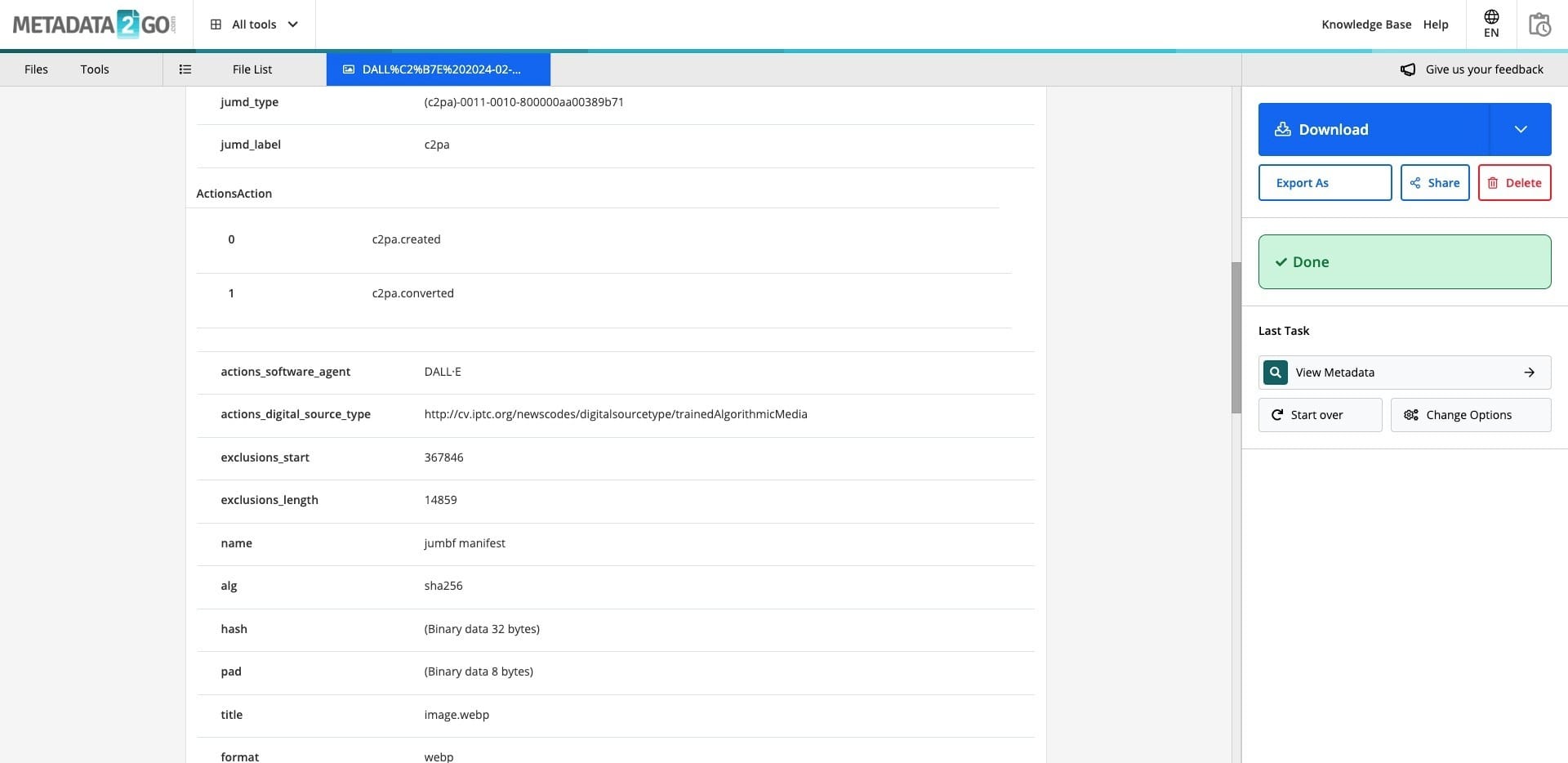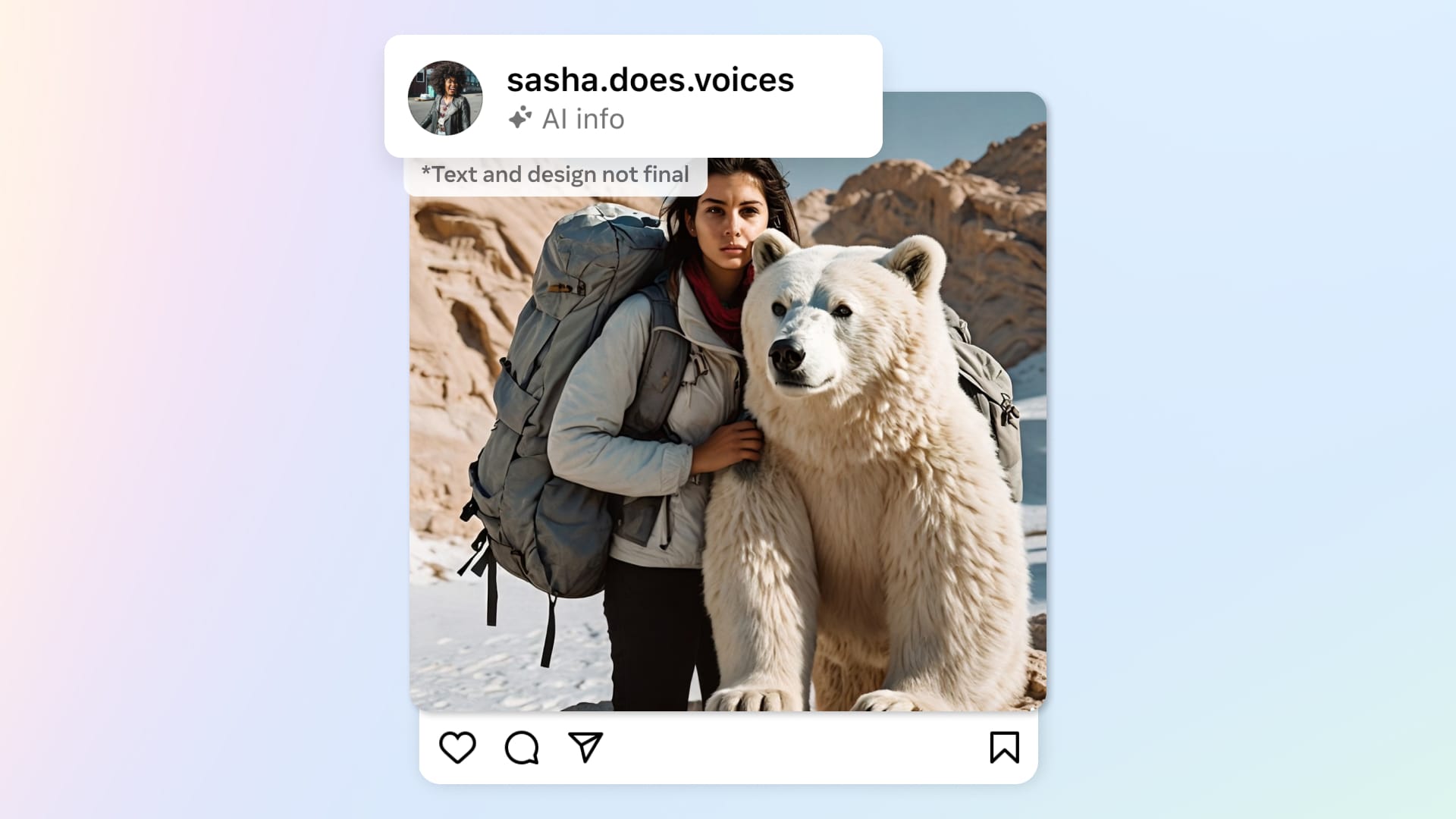In an era where distinguishing between AI-generated and human-created content is becoming increasingly challenging, two tech giants, Meta and OpenAI, have stepped up to the plate. They've announced that they will integrate support for the C2PA (Coalition for Content Provenance and Authenticity) specification, aimed at enhancing transparency around the origins of digital content. This move marks a substantial step toward responsible AI art creation and usage.
For those eager to adapt to these changes and ensure they're handling AI-generated images appropriately, here is how you can get started:
- When using DALL-E, the newly generated images will automatically contain the C2PA metadata. Be aware that this metadata is what platforms will use to label the content as "AI-generated".
- Should the need arise to remove the metadata, you will require additional software or commands capable of stripping this information from the image file. However, remember this action should be taken responsibly and within the boundaries of ethical use.
- Anticipate the file size increase for the images. This C2PA metadata inclusion is estimated to result in a 3-30% increase in the image file size. For example, a WebP image might jump from 287k to 381k—a notable 32% increase.
- For content creators and developers integrating AI image content into their platforms, it's essential to adjust your pipeline to account for the removal of metadata, should it become a requirement for your application.

The new C2PA standard is particularly significant for prompt engineers and AI early adopters who are at the forefront of integrating and disseminating AI-generated content. By providing a way to identify such content, developers and content creators can ensure transparency and build trust with their users. Moreover, this metadata can serve as a tool for researchers and developers to categorize and analyze the proliferation of AI-generated content across various platforms.
As for the platforms themselves, OpenAI and Meta are setting a precedent in the responsible dissemination of AI-generated content. DALL-E's ability to create stunning visuals coupled with Meta's vast social network makes the adoption of C2PA crucial. Users on Facebook, Instagram, and Threads can expect a more informed experience when interacting with images, understanding their origin and creation process.
For further details on the C2PA integration by these companies:
- OpenAI has provided guidelines on how to handle C2PA in DALL-E-generated content, which can be found on their Help Center.
- Meta's announcement and specifics about their approach to labeling AI-generated content on platforms such as Facebook, Instagram, and Threads is available on their Newsroom.
The implementation of C2PA is a pivotal step towards a more ethical and transparent digital ecosystem, and it's imperative that tech enthusiasts and professionals stay abreast of such developments. TestingCatalog will continue to provide updates and insights on these dynamically evolving tech narratives.






